Beneath the soil lies an incredible network that often goes unnoticed—mycelium, the hidden magic of fungi. This vast web of fungal threads plays a crucial role in sustainable gardening by improving soil health, enhancing nutrient uptake, and supporting plant resilience.
Mycelium acts as nature’s recycler, breaking down organic matter and connecting plant roots to share water and nutrients. By embracing this natural system, gardeners can reduce reliance on chemicals and create more balanced, thriving ecosystems.
In this article, dive into the magic of mycelium and discover how unlocking fungi’s role can transform your garden into a sustainable, vibrant oasis.
Soil Enrichment
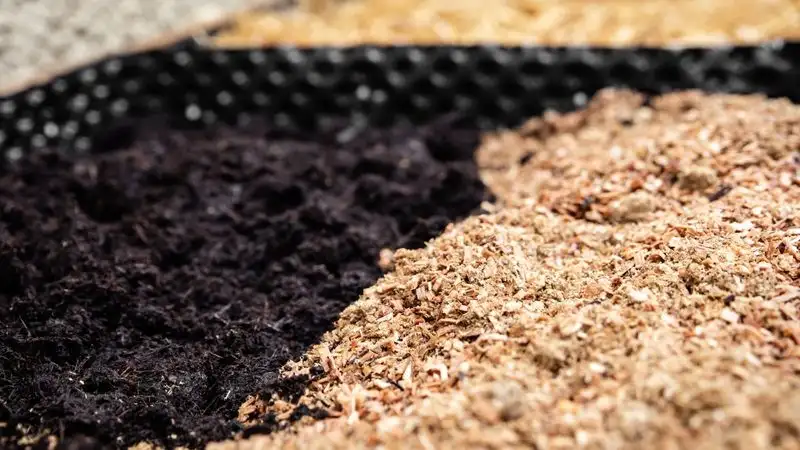
Beneath the surface, mycelium works tirelessly, weaving through the soil to enrich its composition. This subterranean architect breaks down organic matter, releasing essential nutrients that fortify plant growth.
Imagine a landscape nourished not by synthetic fertilizers but by a natural web of life. Mycelium excels at this, enhancing soil fertility without disrupting the environment.
Gardeners can rely on this fungal network to maintain healthy soil structure. It’s a sustainable alternative that nurtures future harvests.
Water Retention

Consider the mycelium’s role as an environmental sponge, absorbing and retaining moisture within the soil. This capability ensures that plants receive a steady supply of water, even during dry spells.
Its intricate network reduces the need for frequent watering, making it an eco-friendly ally for gardeners. Mycelium’s water retention is a testament to its adaptability and efficiency.
By preserving moisture, mycelium prevents soil erosion and maintains hydration, which is essential for plant vitality.
Disease Resistance
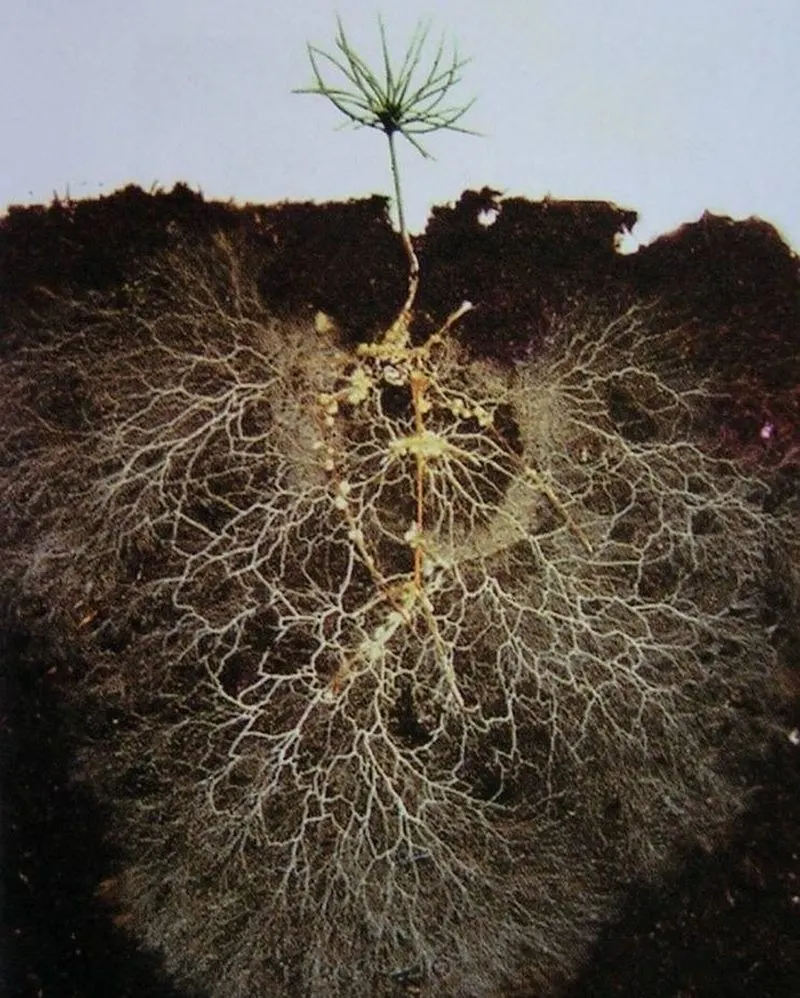
In the natural world, mycelium acts as a protective shield against plant diseases, fortifying them with resilience. It fosters a symbiotic relationship, boosting plants’ immune systems naturally.
This eco-friendly guardian minimizes reliance on chemical pesticides, promoting a healthier garden ecosystem. It’s nature’s way of enhancing plant defenses without human intervention.
Gardeners appreciate mycelium for its ability to ward off pathogens, ensuring robust plant health and yield.
Nutrient Cycling
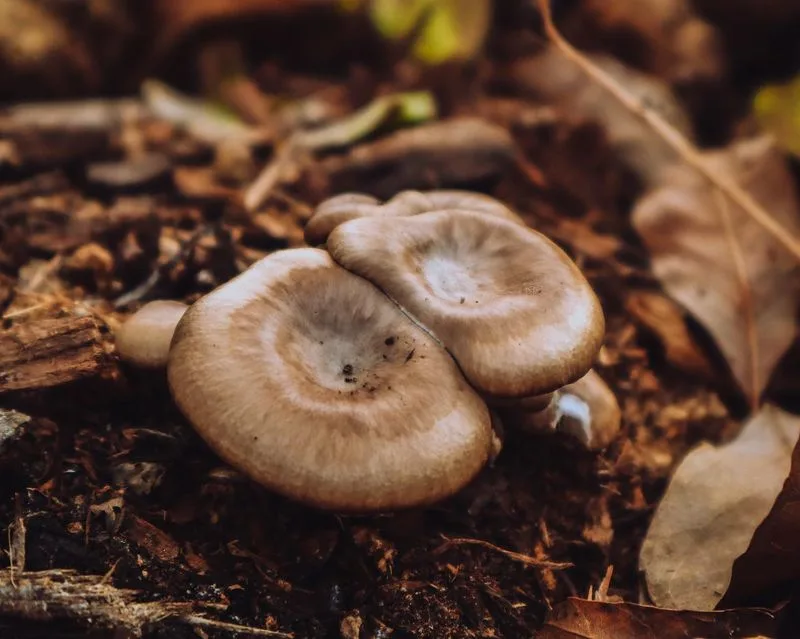
The art of nutrient cycling is perfected by mycelium. It decomposes organic material, releasing nutrients that are then readily available for plant uptake.
This continuous cycle supports plant growth and soil health, creating a vibrant ecosystem. Mycelium’s efficiency in recycling nutrients reduces the need for external inputs.
Gardeners benefit from this natural process, which sustains a thriving garden. It’s an ecological marvel that highlights the importance of fungi in gardening.
Biodiversity Support
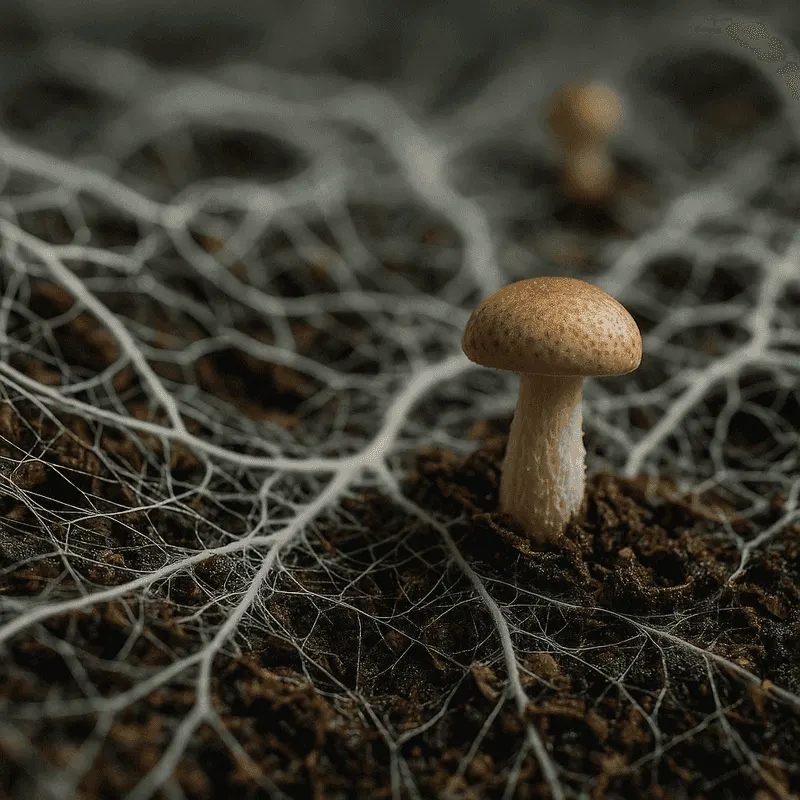
Mycelium plays a crucial role in fostering biodiversity by creating habitats for various organisms. Its presence supports a wide range of plants, insects, and microorganisms.
This diversity contributes to a balanced ecosystem, where each species thrives in its niche. Mycelium’s role in biodiversity is a cornerstone of sustainable gardening.
Gardeners who embrace mycelium foster a garden teeming with life, promoting ecological balance and resilience.
Carbon Sequestration
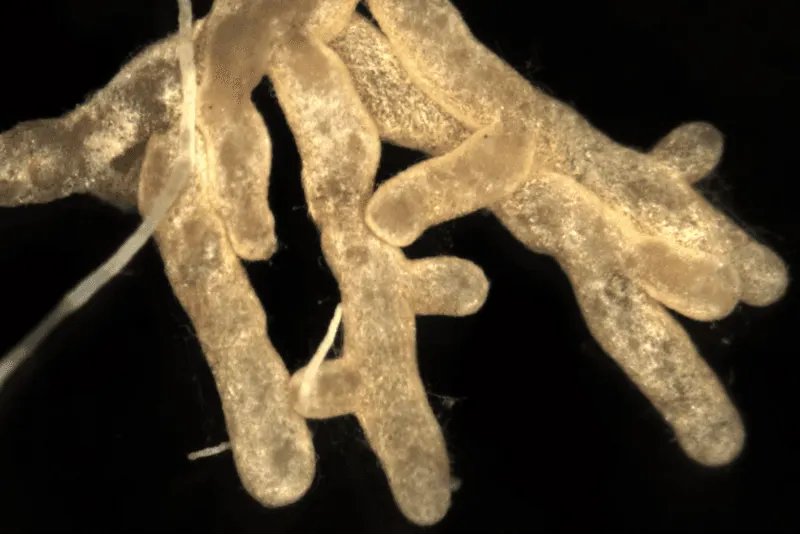
A hidden hero in the fight against climate change, mycelium sequesters carbon in the soil, mitigating greenhouse gas emissions.
By capturing carbon, mycelium supports plant growth and contributes to climate stabilization. This process exemplifies nature’s ingenuity in addressing environmental challenges.
Gardeners participating in carbon sequestration efforts can rely on mycelium to enhance their impact. It’s a sustainable practice that benefits the planet.
Soil Structure Improvement

Mycelium enhances soil structure by binding particles together, increasing aeration and root penetration.
This natural soil engineer ensures that plants have access to oxygen and nutrients, promoting vigorous growth. The improved structure reduces soil compaction and erosion.
Gardeners value this contribution, as it leads to healthier, more resilient plants. Mycelium’s role in soil structure is integral to sustainable gardening.

